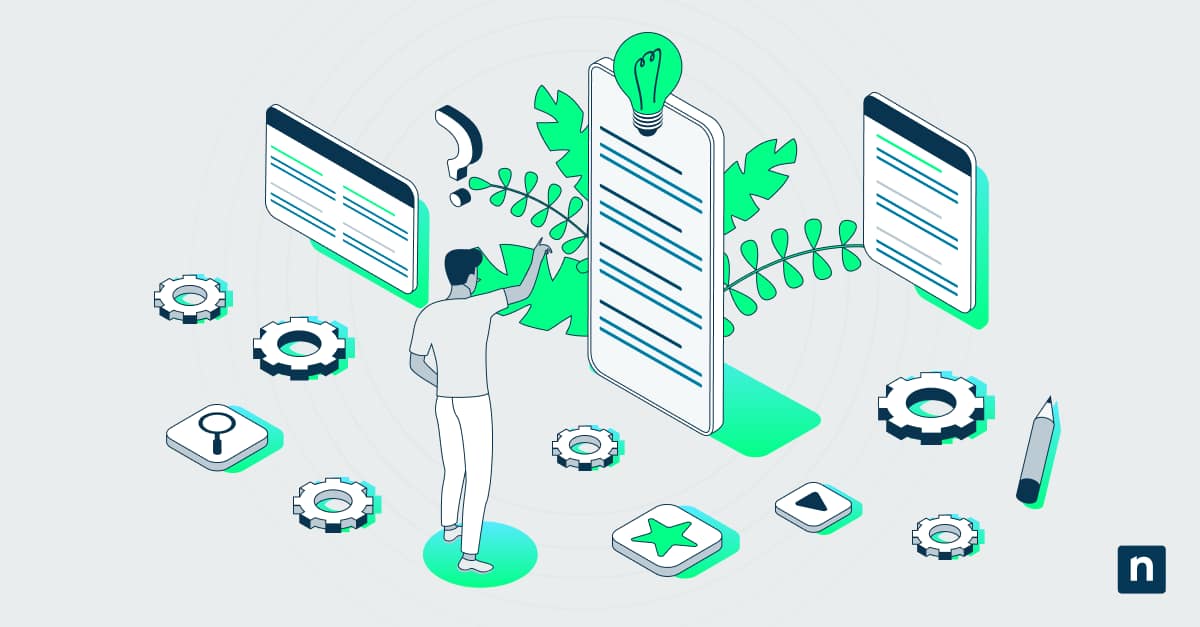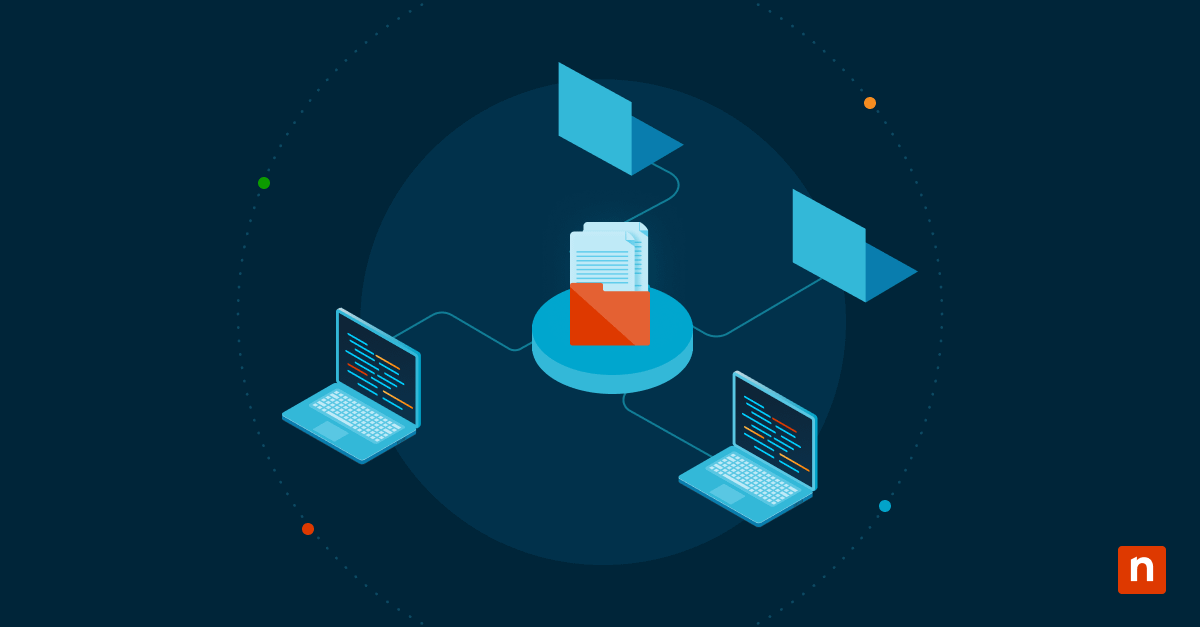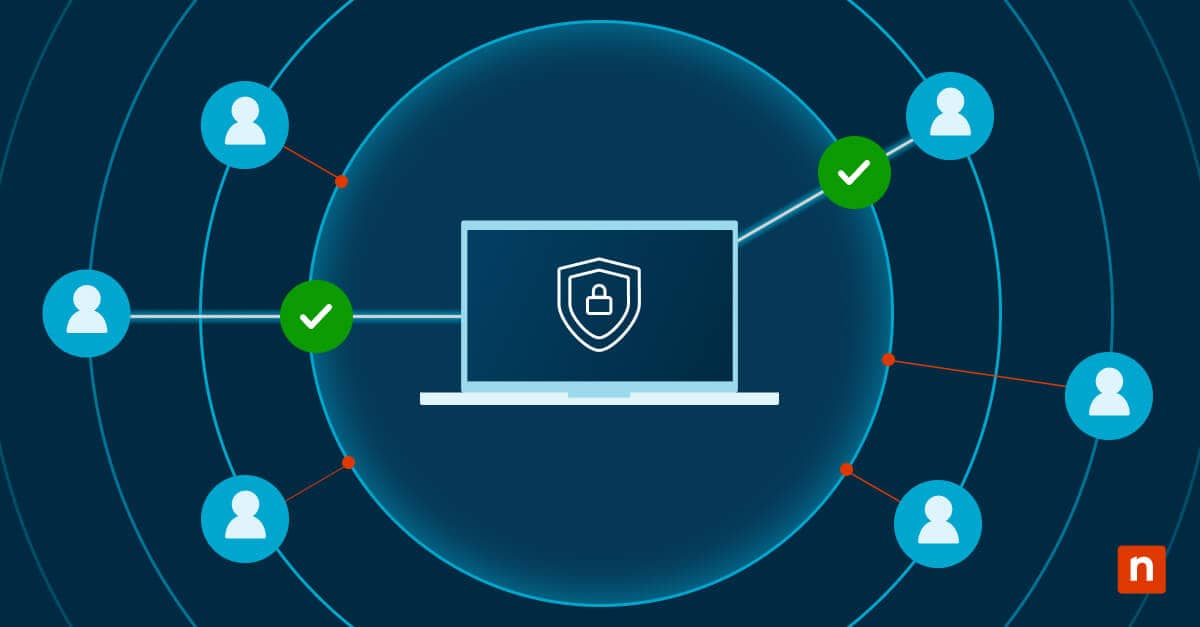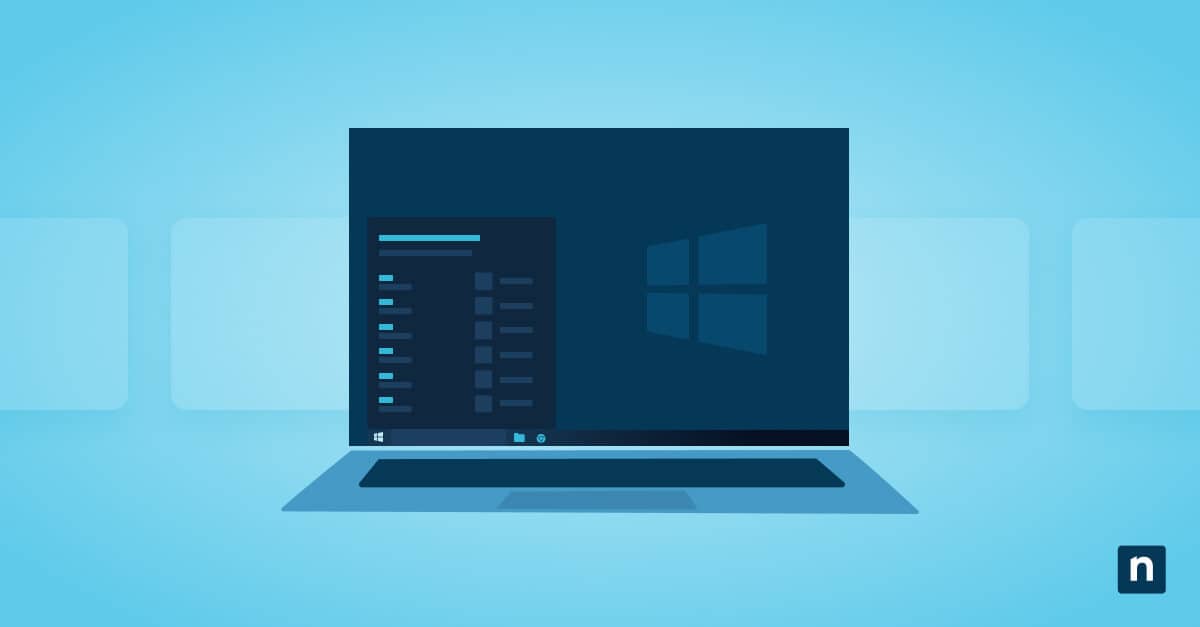Technology leaders face increasing pressure to demonstrate value while operating with limited resources and rising expectations. IT benchmarking helps quantify that impact by turning raw performance data into direct comparisons that highlight underperforming areas, flag inefficiencies, and identify high-ROI improvement opportunities.
Strategic approaches to IT benchmarking
Effective IT benchmarking uses both hard metrics and operational maturity assessments. This allows you to evaluate not only how your systems perform numerically, but also how your team’s workflows, tools, and practices compare to those of top-tier operations. It bridges the gap between tactical performance and long-term capability.
What is IT benchmarking?
IT benchmarking isn’t just a scorecard—it’s a tool that evaluates how well your IT supports core business goals. That means setting benchmarks tied to real outcomes: faster product launches, reduced downtime or lower support costs. Benchmarking efforts that stay focused on KPIs aligned to revenue, agility, and customer experience deliver the most value.
Identifying critical performance indicators
Meaningful benchmarking starts with selecting metrics that reflect both operational health and business relevance. For IT infrastructure teams, focus on server uptime, network latency, incident response speed and capacity utilization—metrics that directly impact availability and user experience.
For DevOps teams, key indicators include deployment frequency, mean time to recovery (MTTR), lead time for changes and change failure rates—essential for evaluating release efficiency and system resilience.
Advanced comparison methodologies
To produce actionable insights, IT benchmarking must go beyond surface-level comparisons. Sophisticated benchmarking accounts for variables such as organization size, industry vertical, service complexity, and geographic footprint. Without this contextual normalization, comparisons can be misleading: what appears to be poor performance may actually reflect a broader service scope or tighter regulatory constraints.
Normalization techniques may include adjusting metrics per employee, per workload, or by infrastructure scale to ensure you are comparing like-for-like. This allows for more accurate performance baselines and highlights gaps that are truly due to inefficiencies, not just operational differences.
Peer-based comparative analysis techniques
Peer-based comparative analysis provides valuable context for your IT benchmarking efforts by establishing relevant points of comparison. When selecting peer organizations, look beyond simple industry classification to identify companies with similar technology environments, business models and operational scale.
Consider these approaches when establishing meaningful comparisons for your technology performance:
- Look beyond industry classification to identify peer organizations with similar technology environments, business models, and operational scale when conducting comparative analysis.
- Gather data from multiple sources, including industry reports from research firms, benchmarking studies published by professional associations, and comparative metrics provided by technology vendors.
- Focus on contextual relevance rather than simple numerical comparisons to ensure the benchmarking process yields insights that reflect your organization’s unique operational realities.
Internal vs. external benchmarking approaches
Internal benchmarking examines performance variations across different departments, locations, or business units within your organization. This approach reveals valuable insights about operational consistency and helps identify high-performing internal teams whose practices can be shared more broadly.
External benchmarking broadens your perspective by comparing your IT performance against industry peers, competitors, and recognized leaders. This helps identify IT benchmarking’s greatest value: revealing performance gaps you might never discover through internal analysis alone.
Transforming benchmark data into operational improvements
Benchmarking is only valuable if it drives change. To turn insights into improvements, move beyond isolated metrics and focus on cross-metric patterns that point to root causes. For example, consistently high MTTR paired with low deployment frequency may indicate process bottlenecks or tooling gaps.
Use benchmarking results to prioritize initiatives, whether that’s automating manual workflows, reallocating resources or revising SLAs. The most successful teams treat benchmark findings as a launchpad for structured improvement plans, complete with ownership, timelines and KPIs to track progress over time.
Gap analysis and priority identification
Effective gap analysis begins with quantifying the difference between your current performance and target benchmarks across key metrics. When conducting this analysis, categorize gaps based on both their magnitude and strategic importance. A small performance gap in a business-critical system often deserves more attention than a larger gap in a less essential area.
Priority identification requires balancing multiple factors beyond just the size of performance gaps. Consider the potential business impact of addressing each gap, the required investment of resources and the organizational readiness for change. Evaluate the interdependencies between different improvement opportunities to identify sequential dependencies.
Creating actionable improvement roadmaps
Effective improvement roadmaps balance quick wins with longer-term strategic initiatives. When developing your improvement roadmap, define clear objectives for each initiative with measurable success criteria tied directly to your benchmarking metrics. These objectives should specify both the performance targets and the timeframe for achieving them.
Benchmarking best practices for sustainable results
Implementing benchmarking best practices delivers sustainable performance improvements rather than temporary gains. When establishing your benchmarking program, focus on creating repeatable processes that can be consistently maintained over time without placing excessive demands on resources. This sustainability allows benchmarking to become an integral part of your continuous improvement culture rather than a one-time project.
Continuous measurement and reassessment cycles
Establishing regular measurement cycles creates the foundation for effective IT benchmarking. When implementing your measurement program, define clear schedules for data collection, data analysis, and reporting that align with your organization’s planning and budgeting cycles. This alignment makes benchmarking insights available when key decisions are being made.
Different metrics require different measurement frequencies to provide meaningful insights.
Here’s how to structure your measurement approach:
- Operational: Track system availability and response times daily or weekly to catch issues early.
- Process: Measure change success rates and deployment frequency monthly to gauge workflow efficiency.
- Financial: Conduct quarterly review of cost per user and tech ROI to inform budgeting decisions.
- Strategic: Assess innovation capacity and digital transformation progress annually for long-term planning.
- External Benchmarking: Compare performance against peers annually or biannually to stay competitive.
Cross-functional implementation strategies
When implementing your benchmarking program, establish clear roles and responsibilities that span IT, finance, operations, and other business units. This cross-functional approach captures diverse perspectives and addresses the full spectrum of technology performance dimensions.
Evaluating and selecting benchmarking tools
Choosing the right benchmarking tools has a significant impact on the efficiency and effectiveness of your IT benchmarking program. When evaluating potential solutions, consider your specific requirements for data collection automation, analysis capabilities, and reporting flexibility. The ideal toolset reduces manual effort while providing sophisticated analysis features that can reveal meaningful insights from complex data sets.
Enterprise analytics & benchmarking capabilities
Enterprise analytics platforms enable centralized tracking of IT performance across infrastructure, applications, and teams. The most effective tools link technical metrics—like latency, uptime, and incident rates—with business KPIs such as revenue impact, customer churn, or SLA compliance. This correlation allows teams to quantify how IT performance affects business outcomes, prioritize fixes based on impact, and justify investments with data-driven evidence.
Specialized IT benchmarking solutions
When choosing benchmarking tools, match their capabilities to your most critical performance areas. Here’s a list of the types of specialized benchmarking tools you may need:
- Network performance tools – Measure throughput, latency, and packet loss across complex enterprise environments.
- Database benchmarking tools – Evaluate query response times, transaction volume, and overall database efficiency.
- Cloud infrastructure analyzers – Compare cost, performance, and resource utilization across cloud providers.
- Application performance monitors (APM) – Track app response times, error rates, and user experience metrics.
Security benchmarking platforms – Assess vulnerability management, incident response, and security posture. - Dev productivity tools – Measure code quality, release frequency, and development cycle speed.
Turn Your IT Benchmarking into a Strategic Advantage
Stop guessing. Start knowing. IT leaders don’t need more data—they need the clarity to act on it. NinjaOne cuts through the noise with real-time benchmarking across your entire environment, revealing exactly where to optimize, invest or intervene.
Start your free trial today—and lead with insight, not hindsight.







